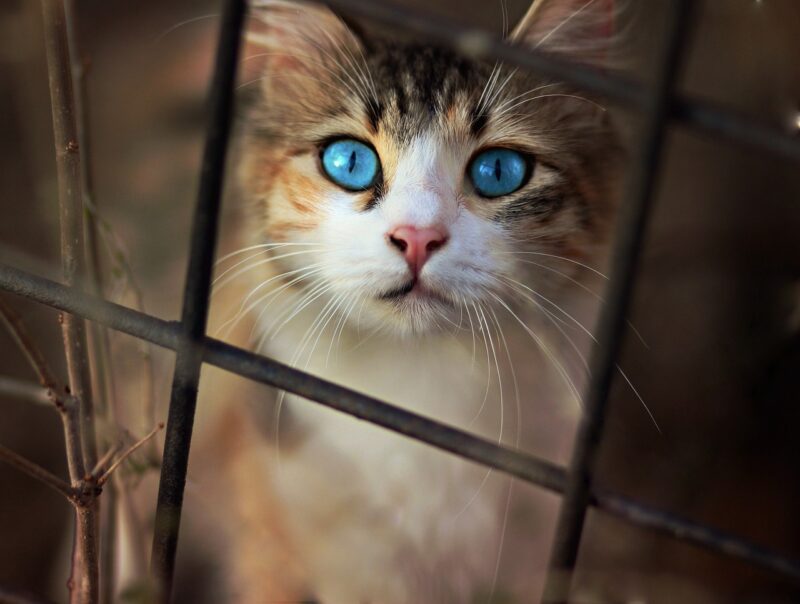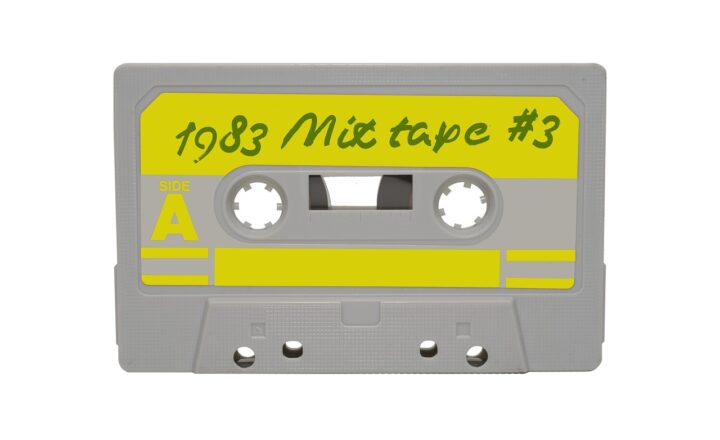Cartoons That Shaped Generations: A Look Back at Iconic Animation
November 19, 2024

Cartoons have been a staple of childhood entertainment for generations, providing not just laughter but important life lessons and cultural touchstones. From the whimsical adventures of classic characters to the evolving animation styles that reflect societal changes, cartoons have significantly influenced the lives of viewers. They serve as a conduit for creativity, imagination, and even social commentary. In this article, we explore the iconic animated series and films that have shaped generations, highlighting the cultural phenomena, artistic innovations, and enduring messages behind them.
1. The Golden Age of Animation: A Historical Perspective
The journey of animation began in the early 20th century, with the advent of silent cartoon shorts, the most notable being those produced by **Walt Disney** and **Fleischer Studios**. Characters like **Betty Boop** and **Popeye** captured the hearts of viewers, setting the stage for what would become a multi-billion dollar industry.
Disney’s **Steamboat Willie** (1928) marked a pivotal point in animation history as it introduced synchronized sound, revolutionizing the medium. Meanwhile, the creation of **Merrie Melodies** and **Looney Tunes** introduced beloved characters like **Bugs Bunny** and **Daffy Duck**, who became cultural icons.
These early animations established not only entertainment value but also provided critical social commentary through humor and satire, laying the groundwork for future animated storytelling.
2. The Family-Friendly Revolution: 1960s to 1980s
As television became a household essential in the 60s, cartoons began to penetrate everyday life, transitioning from theaters to TV screens. Shows like **The Flintstones** (1960) and **Scooby-Doo, Where Are You!** (1969) were among the first to be specifically designed for television, appealing to families and introducing characters that would resonate for decades.
The 1970s and 1980s brought a shift towards family-centric narratives, with programs like **Sesame Street** addressing educational needs while entertaining. The show integrated puppetry and animation, changing how children learned about the world around them.
Despite their entertaining nature, many of these cartoons tackled serious subjects, providing moral lessons in a straightforward, accessible way. For instance, **The Magic School Bus** (1994) combined fun with education, encouraging curiosity about science and fostering a love for learning.
3. The Rise of Edgier Content: 1990s Animation Boom
The 1990s marked the arrival of a new wave of cartoons that combined humor with deeper themes and edgier content. Shows like **The Simpsons** (1989) challenged social norms, providing commentary on American life and often tackling themes that were previously deemed taboo for animated series. Its satirical take on family dynamics and consumerism resonated widely, shaping American culture.
Additionally, the **Nicktoons revolution** began with hits like **Ren & Stimpy** (1991) and **Doug** (1991), which weaved in adult humor alongside children’s entertainment. This era showcased a variety of art styles and storytelling methods, appealing to different demographics and paving the way for future generations of animators.
Simultaneously, we saw the rise of Disney’s blockbuster animated films with **The Lion King** (1994) and **Beauty and the Beast** (1991), which captured audiences with their stunning visuals and emotionally charged stories. These films combined traditional animation with musical elements, fostering a love for cinematic artistry that continues to influence animations today.
4. Modern Animation: A Diverse Landscape
In the 2000s and beyond, animation has embraced diversity in storytelling, characters, and art styles. Blockbuster franchises like **Pixar’s Toy Story** series have set new standards for animated filmmaking, merging sophisticated narratives with complex emotional themes suitable for all ages. **Shrek** (2001) broke barriers by appealing to adult audiences with its smart humor and sharp critiques of fairy tale tropes.
Moreover, animation has increasingly become a vehicle for social change and representation. Shows such as **Steven Universe** and **The Owl House** have prioritized LGBTQ+ representation, providing children with relatable characters and stories that validate their experiences.
This era recognizes animation as an art form that transcends age groups. Series like **Rick and Morty** offer layered humor aimed at older teens and adults, diving into deeper philosophical themes while retaining the zany charm that defines animation.
5. Iconic Characters That Defined Generations
Throughout history, several characters have not only entertained but also left lasting impacts on audiences:
- Mickey Mouse: The face of Disney and globally recognized symbol of joy.
- Bugs Bunny: A wise-cracking rabbit whose catchphrase, “What’s up, Doc?” became iconic.
- Lisa Simpson: A strong female character portrayed as intelligent and socially aware, challenging stereotypes.
- Shrek: A character who championed self-acceptance and defied traditional fairy tale roles.
These characters not only entertained but also served as cultural touchstones, embodying values that resonate across generations.
6. The Future of Animation: Trends and Innovations
As we look to the future, the landscape of animation continues to evolve. Virtual reality (VR) and augmented reality (AR) are beginning to change how we experience animated content, offering immersive storytelling opportunities that were once considered science fiction. **Streaming platforms** like Netflix and Disney+ have transformed how audiences consume animation, allowing for niche content that caters to various demographics.
Additionally, the global animation market is expanding, with non-Western animations gaining popularity. As audiences increasingly embrace diversity, creators worldwide are sharing stories that reflect their culture, thus enriching the tapestry of animated content.
Through these advancements, cartoons remain a crucial part of our cultural zeitgeist. They continue to inspire, challenge, and entertain, ensuring that animation will shape future generations just as it shaped ours.
Conclusion: The Timelessness of Cartoons
Cartoons have always been more than just entertainment; they are a lens through which we can view cultural shifts, societal changes, and the imaginative spirit of humanity. From the golden age of animation to the modern era, these animated tales have shaped generations, imparting lessons while encouraging creativity.
As we celebrate the cartoons that have influenced our lives, it becomes clear that their legacy will continue as they evolve. The stories we grew up with are now intertwined with our memories, making cartoons an indelible part of who we are. Whether you’re a child or an adult, the allure of animation will persist, reminding us of the joy, humor, and life lessons that these iconic characters bring to our lives.








